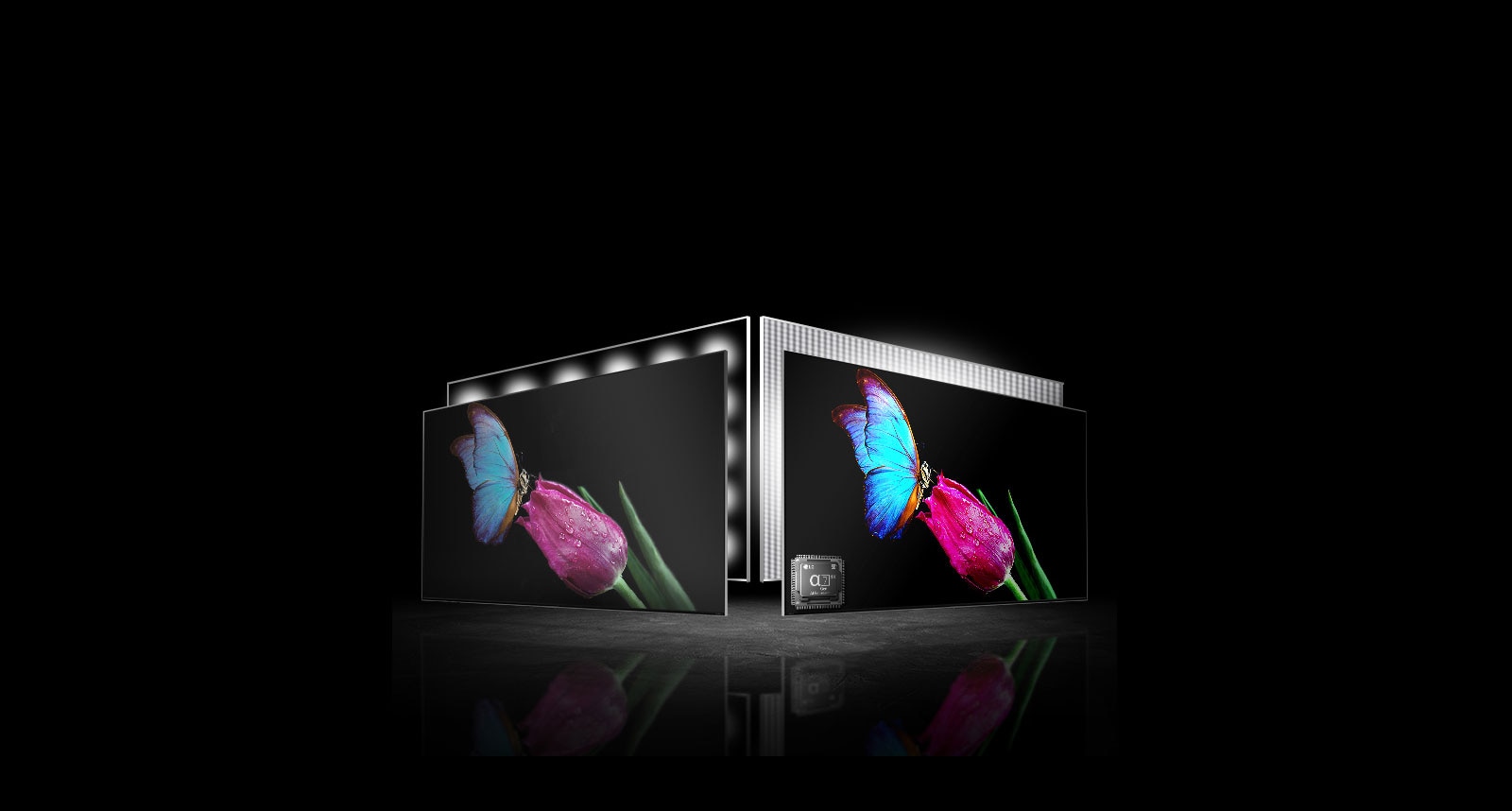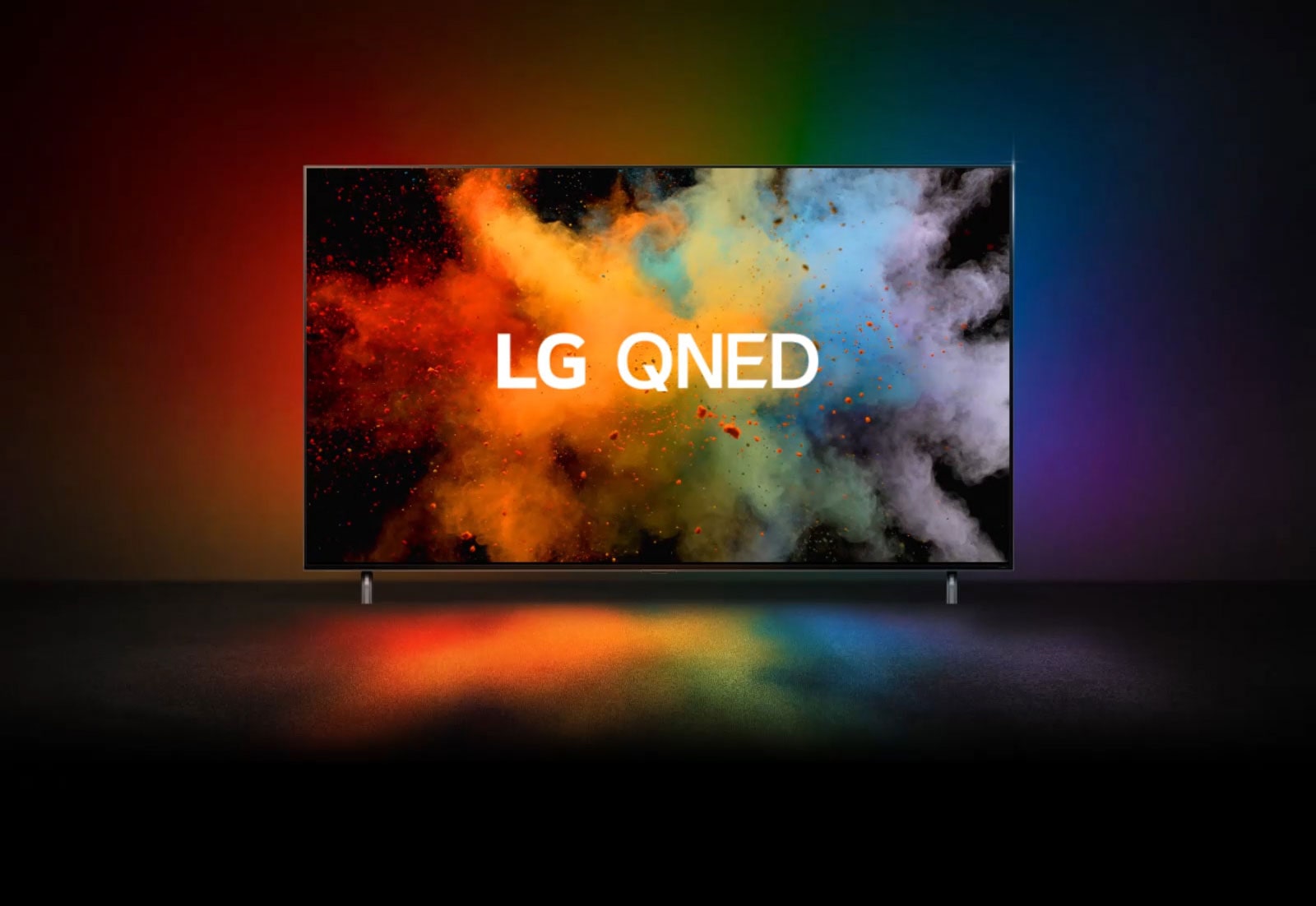
Whether you’re looking to buy the best 4K TV or you’re determined to treat yourself and invest in one of the best 8K TVs, there’s no one-size-fits-all screen, but thankfully, that’s where we come in. When it comes time to buy a TV, you’ll find this guide super helpful in running you through the most important questions to ask yourself when buying a new screen. From screen size to sound, you name it, we’ve thought of it.
So, regardless of whether you’re looking to buy a TV to watch those all-important summer sports matches or you just want to enjoy the best Netflix shows and best Amazon Prime Video movies on a screen that makes you feel like you’re there, by the time you’ve finished this guide, you’ll be a TV salesperson’s worst nightmare: a customer who actually knows what they’re talking about.
Use this TV buying guide to get the right TV for your expectations and budget.
1. Panel Technologies
Aside from projection sets, there are basically only two types of TVs on the market: LCD and OLED. Unless you have a lot of disposable income, you’ll probably be buying an LCD TV.

LED and LCD Sets
The lion’s share of televisions today are LED LCDs. These HD and Ultra HD sets use light-emitting diodes (LEDs) to illuminate the LCD screen and can be extremely thin. Many of these TVs can dynamically light up specific portions of the screen and dim other parts to better represent a mix of light and dark areas in a scene — a feature known as active dimming or local dimming. No-frills LED LCD sets can be had for as little as $200 for a 32-inch screen, while a top-of-the-line 90-inch model can go for $8,000.
One hidden feature separating budget TVs from premium models is backlighting. With several different types of LED backlighting used in modern TVs, it pays to know the difference between the different options. Check out TV backlights explained: Edge-lit vs. full array vs. Mini-LED for an in-depth look at modern TV backlighting (and opt for Mini-LED if you can).
Another LCD technology called quantum dots has been made famous by Samsung, which uses it in its QLED sets. It’s actually long-standing tech that is also used by other companies like TCL and helps an LCD screen produce a wider array of colors and more brightness. It basically adds another layer or added “rail,” of different size nanocrystal dots that light up when the LED backlight hits them. The result is a wider color spectrum and increased brightness, in an attempt to act against OLED.
For an affordable middle ground between basic LCD and pricey OLED displays, quantum-dot enhancement is a smart way to go, just don’t let the similar looks of the words QLED and OLED fool you – quantum-dot displays are still LCD TVs.
Pros: Wide array of prices, sizes, and features; Some affordable Ultra HD 4K models; Bright screens visible even in a sunny room; Image quality steadily improving with full-array backlighting and quantum-dot technology.
Cons: Exhibits imperfections when displaying rapid motion, as in sports; Loses some shadow detail because pixels can’t go completely black (even with full-array backlighting); Images fade when viewing from the side (off-axis).
